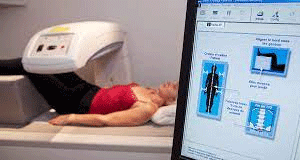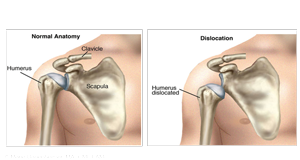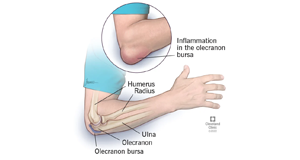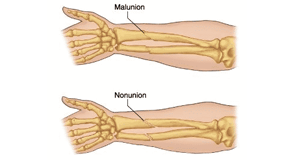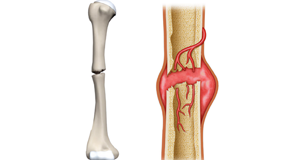Bone Densitometry Bone Densitometry is used to measure bone mineral content and density. A Bone Densitometry determines if you have osteoporosis — a disorder characterized by bones that are more fragile and more likely to break. Shreya Hospital at Ghaziabad has the best Bone Density Test facility available in the hospital premises. Center is having expert technicians to undergo the ...
Read More »Blog
Orthopaedic Diagnosis
Orthopaedic Diagnosis Diagnosis and Screening for Orthopaedic Conditions Dr Dev Mishra, Senior Orthopaedic Surgeon working at Shreya Hospital the best Orthopaedic Diagnosis Center in Ghaziabad and Delhi, NCR. He is highly experienced and specialist of Orthopaedic, Treatment and Surgeries. His Orthopedic Treatment and Diagnosis procedure is most appreciable by the paitents, who visited Shreya Hospital. Any kind of Orthopaedic Treatment ...
Read More »Orthopaedic Surgeries
Orthopaedic Surgeries Complex/Serious Orthopaedic Surgeries performed with ease Dr Dev Mishra is Senior Specialist in Orthopaedic Surgeries having vast experience of more than 20+ Years. He is at the front line in performing the Orthopaedic Surgeries, Diagnosis and Treatment. Under the guidance of Dr Dev Mishra, Shreya Hospital Ghaziabad is capable enough to perform serious Orthopaedic Surgeries and Treatments with ...
Read More »Orthopaedic Treatments
Orthopaedic Treatments Best Orthopaedic Treatments for all Skeletal Deformities Dr Dev Mishra Specialist of Orthopaedic Treatments in ghaziabad. He is Senior Orthopaedic Surgeon with immense experience of more than 20+ Years. He is a popular and experienced Orthopaedic Doctor in Ghaziabad and Delhi, NCR. Dr Dev Mishra is providing services as Senior Orthopedic Specialist at Shreya Hospital the must trusted ...
Read More »Shoulder Dislocation
Shoulder Dislocation A Shoulder Dislocation is an injury in which the upper arm bone pops out of the cup-shaped socket that’s part of the shoulder blade. The shoulder is the body’s most flexible joint, which makes it more likely to dislocate. If you suspect a dislocated shoulder, seek prompt medical attention. If you suspect a dislocated shoulder, seek prompt medical ...
Read More »Bursitis
Bursitis Bursitis often occurs near joints that perform frequent repetitive motion. It is a painful condition that affects the small, fluid-filled sacs that is called bursae, that cushion the bones, tendons and muscles near your joints. Bursitis occurs when bursae become inflamed. The most common locations for bursitis are in the shoulder, elbow and hip. But you can also have ...
Read More »Spinal Deformity
Spinal Deformities Spinal deformity is an abnormal curve in your spine, such as scoliosis or kyphosis. It can affect your spine’s ability to do its job, leading to pain, neurological problems, and mobility challenges. Spinal deformities can occur for a wide range of reasons, including birth defects, aging and degeneration, to trauma. Shreya Hsopital in Ghaziabad is recognized around Delhi, ...
Read More »Malunion
Malunions A malunion occurs when a fractured bone heals in an abnormal position, which can lead to impaired function of the bone or limb and make it look like it is ‘bent’. Similarly, a nonunion is the result of a fractured bone failing to heal after an extended period of time – in some cases over a period of 9 ...
Read More »Nonunion
Nonunion Nonunion is the result of a fractured bone failing to heal after an extended period of time – in some cases over a period of 9 to 12 months. Several factors contribute to a nonunion. If the bone ends that are fractured have been stripped away from the blood vessels that provide them with nutrition, they will die. As ...
Read More »Amputation
Amputation Amputation is surgery to remove all or part of a limb or extremity. You may need an amputation if you’ve undergone a severe injury or infection or have a health condition like peripheral arterial disease (PAD). Many people live a healthy, active lifestyle after an amputation, but it may take time to get used to life without a limb. ...
Read More » Dr. Mishra’s Shahdara Orthopaedic Center Shahdara Orthopaedic Center, Best Orthopaedic Doctor in Shahdara, Delhi
Dr. Mishra’s Shahdara Orthopaedic Center Shahdara Orthopaedic Center, Best Orthopaedic Doctor in Shahdara, Delhi

